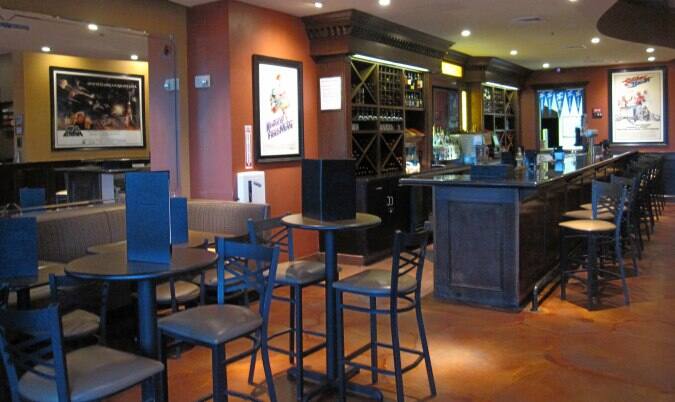

(New paragraph) Mary, do you know of a house that you think might correspond to Minsham Old Hall? NL writes that it was 'built for defence, not for living in, and the only windows were set high in the walls and narrow.' And it is because the stairs winding up were built for defence, not living, and without a stair rail, that Anne's mother falls and dies. Karen posts on 12:14:56 AM Oh, it is Lord Gorleston! Thank you for the correction. In A Wayside Tavern, Paulus' encounter with some Iceni reminded me of an encounter with American Indians in a western! Meanwhile, here's the next segment of the message I originally tried to post a little over a week ago: Barbara and Rita, it's true that the Iceni, Queen Boudicca's tribe, were in what's now East Anglia, but, like all the Britons of Roman time, they were Celts and when the Anglo-Saxons invaded after the Roman withdrawal, most of the native Britons either were pushed west into what are now Wales and Cornwall or fled across the Channel to Armorica, which became Britanny. The railless stone stairs in Minsham do remind me, however, of the stair landing in Dunsinane Castle in the Roman Polanski film of Macbeth, where Macduff backs Macbeth up the stairs and cuts off his head, which falls to the pavement below with a resounding clang.

I just found the description intriguing because it and the Old Vine were probably the oldest houses she described other than the original Wayside Tavern and buildings in her novels dealing with historical or Biblical characters. Mary posts on 10:44:58 PM Karen, I don't remember any other house in NL's writings that sounds like her description Minsham Old Hall.


 0 kommentar(er)
0 kommentar(er)
